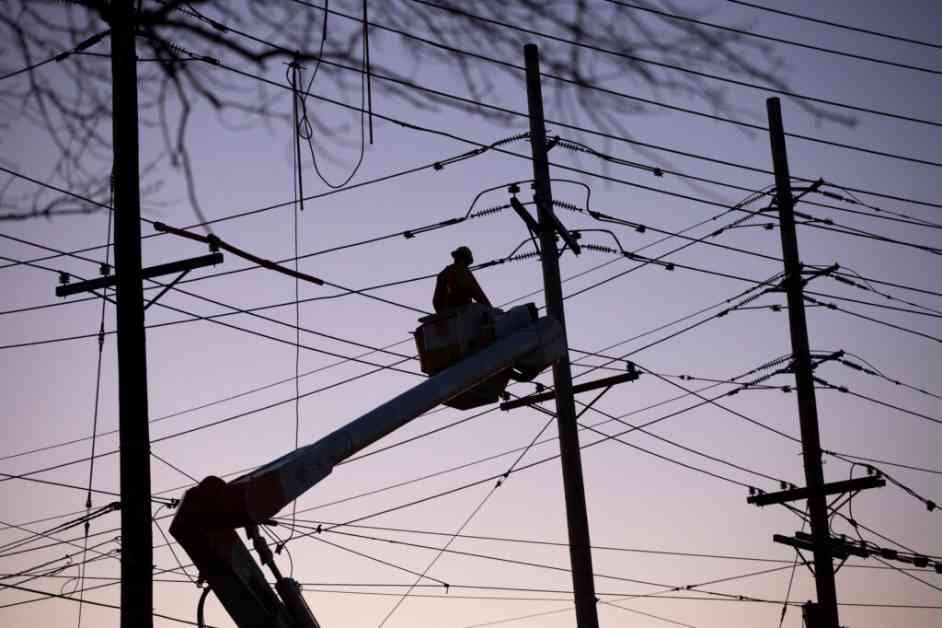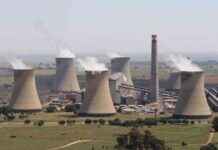New Jersey residents are gearing up for an almost 20 percent increase in their electricity bills starting June 1. The state, known for its climate policies, is facing challenges due to high energy demand from data centers and slow progress in connecting renewable sources by grid operator PJM Interconnection.
Abraham Silverman, an energy researcher at Johns Hopkins University, described the rate hike as a “historic spike.” State leaders have been actively involved in legislative hearings, introducing bills to lessen the financial impact on consumers and urging a federal investigation into PJM.
PJM, the largest electric grid operator in North America, has forecasted a challenging summer ahead despite the rate increase. The company is working on battery storage projects to enhance grid reliability and has partnered with Google and its subsidiary Tapestry to integrate artificial intelligence into its operations.
The blame game in New Jersey over the energy crisis has divided along party lines. Republicans point fingers at Gov. Phil Murphy’s ambitious clean energy goals, while Democrats criticize PJM for poor planning and rising costs. The state’s transition to clean energy is seen as crucial, with PJM’s failure to bring new energy supplies online contributing to the problem.
Electricity costs in New Jersey are rising due to increased capacity costs, driven by data centers’ demand for continuous power. PJM’s annual auction prices for capacity have soared, putting pressure on consumers. The state’s clean energy projects, including offshore wind farms, are facing delays, adding to the challenges.
Despite the hurdles, New Jersey remains committed to its clean energy goals. The state is exploring energy storage options to integrate more renewable energy into the grid and is reconsidering the role of nuclear power. Experts emphasize the need for investments in renewables and enhanced cooperation among states to address the energy crisis effectively.














